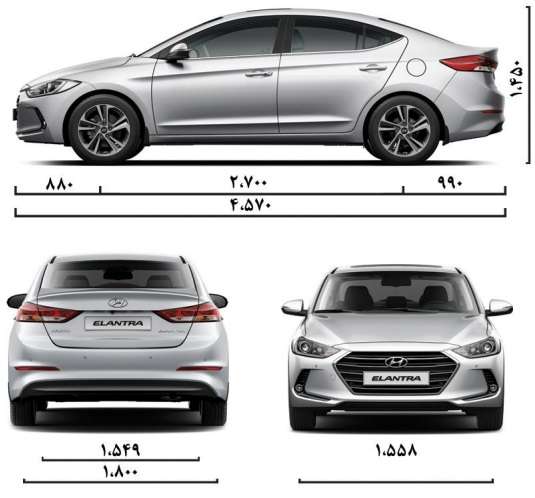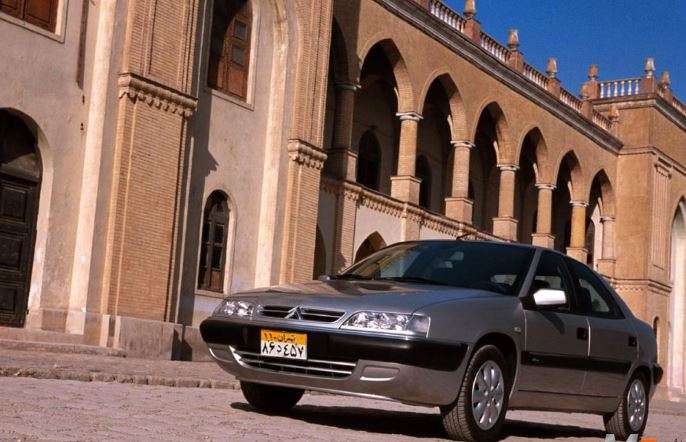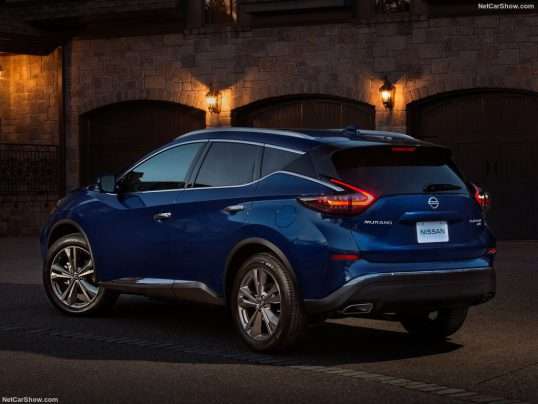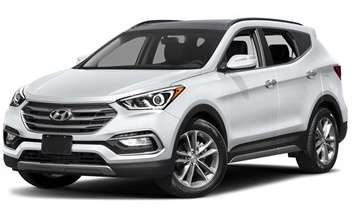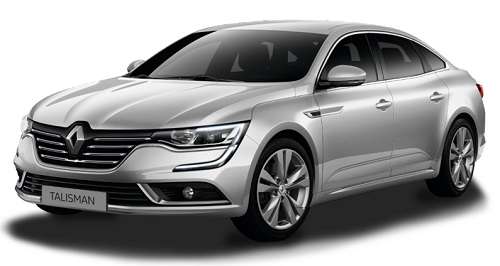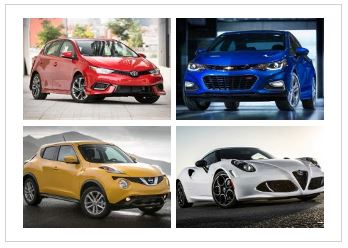Jeep’s Gladiator takes up arms in midsize-pickup battle
Jeep’s Gladiator takes up arms in midsize-pickup battle
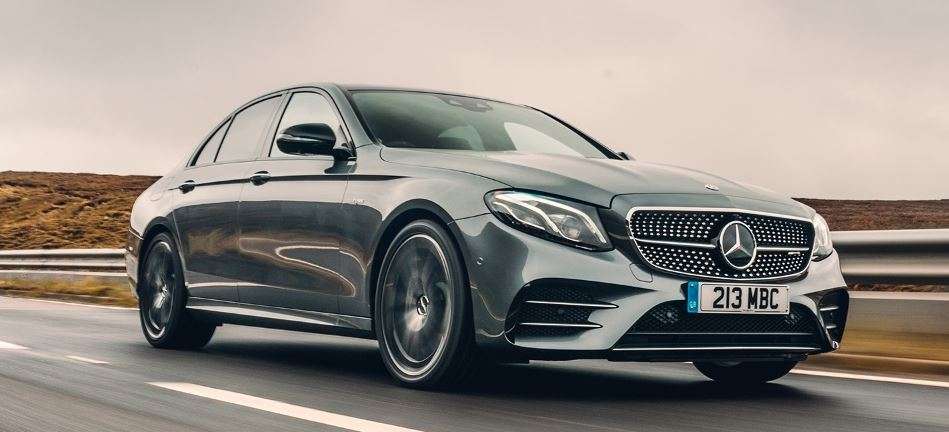
Maybe the only thing more surprising than the fact it’s been more than a quarter-century since FiatChrysler’s Jeep brand sold a pickup truck is that it’s taken so long to pull the trigger in a U.S. auto market that’s been truck-crazed for the better part of a decade.
Blame Jeep planners. Or more-charitably attribute the glaring tardiness in launching a Jeep pickup to the reality that FiatChrysler had to navigate a recession and a couple of ownership changes before and during the market’s transition to pickup mania. But the 2020 Jeep Gladiator is here, unveiled at the 2018 Los Angeles auto show looking like one of the surest things the auto business can conjure.
First, by all appearances it’s a pickup truck; right now, that’s a can’t-lose proposition with the midsize segment likely to touch around a half-million sales for 2018. But more directly, its body-on-frame structure and most of its major components are borrowed from Jeep’s silly-successful new JL-series Wrangler, the main cog in the money-making machine that is Jeep.
At a media briefing for the 2020 Gladiator prior to the Los Angeles auto show, Tim Kiniskis, head of the Jeep Brand—North America, said of the Wrangler, “This thing is absolutely on fire,” but Jeep nonetheless decided it needed to return to the segment with a real truck, “not a Wrangler with a bed on the back.”
Gladiator’s aluminum doors and hood are shared with the Wrangler (the tailgate is aluminum, too), but Jeep claims less than 50% parts commonality. The Gladiator is approximately 400 lb (181 kg) heavier than a 4-door Wrangler and uses its own high-strength steel frame.
‘Real truck’ reality
The quickly-expanding midsize-pickup segment is dominated by “real” trucks such as Toyota’s best-selling Tacoma and the similarly body-on-frame Chevrolet Colorado. The showroom appearance of Ford’s new-generation Ranger—also painfully late to the market—is imminent. To succeed in the segment, it seems the safe play is to be a real truck—even above plying on the Wrangler connection.
“We wanted it to be a truck first, said Chief engineer Pete Milosavlevski. “But we set a stretch goal to have best-in-class ride quality.”
Although judgement about the Gladiator’s refinement (it retains Dana-supplied solid axles at front and rear, after all) will come when test drive are available, there’s little question its size should help in that regard. The Gladiator’s wheelbase is hefty 18.9 in (480 mm) longer than the 4-door Wrangler’s 118.4-in (3008-mm) wheelbase and it is 31 in (787-mm) longer overall. This also would underscore the Gladiator’s primary brief to be a truck, as all that added length will win no praise from the hardcore elements of the Jeep camp—although Milosavlevski said the Gladiator has been validated as capable of traversing the offroad-benchmark Rubicon Trail.
The Gladiator’s high-strength steel bed is 5 ft. (1524 mm) long, about 6 in (152 mm) shorter than the class’ standard bed length.
Final evidence that Jeep intends the Gladiator fulfil the mission of a truck: engineers are declaring the pickup’s maximum payload of 1600 lb (726 kg) and maximum tow rating of 7650 lb (3470 kg) to be best-in-class, although it appears Ford’s new Ranger may hit showrooms with a higher payload rating and as can be expected in the pickup market, disputes about best-in-class are likely to issue from other competitors.
Many flavors
As with the Wrangler, there is a wide variety of ways to configure the 2020 Gladiator, starting with four trim levels: Sport, Sport S, Overland and the offroad-focused Rubicon.
When the Gladiator goes on sale in the second quarter of 2019, the only available engine is the corporate 3.6-L V6, generating 285 hp and 260 lb·ft (353 N·m). The standard transmission is a 6-speed manual, optional is FCA’s 8-speed automatic.
Engineers confirmed that in 2020, the Gladiator will be available with a 3.0-L V6 turbodiesel good for 260 hp and 442 lb·ft (599 N·m). The 8-speed automatic will be the only transmission paired with the diesel. Unsaid but probably inevitable is fitment of the 2.0-L turbocharged 4-cyl. currently serving in the Wrangler and other Jeep models.
Meantime, there is a choice of two distinct four-wheel-drive transfer cases, Command-Trac and Rock-Trac (each a part-time unit), depending on trim level. Gearing and features are unique to each.
There is all manner of ways to configure the doors and roof, including body-color panels for the 3-piece hardtop on some trims; as with the Wrangler, the windshield of the Gladiator can be folded down onto the hood.
The Gladiator is manufactured at FCA’s Toledo, Ohio assembly plant that also builds the Wrangler, with the “South” portion of the plant dedicated to Gladiator production.





